Trucks are built to handle tough jobs. People rely on them for work, travel, and outdoor fun. But to trust a truck, it must be reliable. And one part that plays a big role in this is the drivetrain.
The drivetrain sends power from the engine to the wheels. If this system fails, the truck can’t move properly. That’s why having a solid drivetrain is so important. It keeps the truck running smoothly, even under heavy use or rough conditions.
Some trucks are known for strong drivetrains that last for years with little trouble. They keep going even with high mileage. Owners of these trucks often stick with the same model because they trust the build quality.
On the other hand, some trucks have a reputation for fragile parts. Their drivetrains can fail early or require costly repairs. These problems can start showing up even with normal driving and proper maintenance, which frustrates many owners.
Choosing the right truck isn’t just about looks or power. It’s also about how long it will last without problems. A good drivetrain can save you money and stress over time. A bad one can lead to constant repairs.
We’ll also highlight five trucks with drivetrain issues. These trucks may look great on the outside, but have parts that often wear out too soon. Knowing about these weak spots can help you make a smarter buying decision.
Whether you’re buying new or used, drivetrain reliability should be high on your checklist. After all, the best truck is one that works hard without breaking down when you need it most.
5 Trucks With Rock-Solid Drivetrains
When it comes to trucks, power and performance often take the spotlight—but none of that matters without a drivetrain that can take a beating and keep pushing forward. Whether you’re hauling heavy loads, crawling over rocky terrain, or just need something that won’t quit after 200,000 miles, a dependable drivetrain is the backbone of any serious truck.
In this roundup, we highlight five trucks known for their rock-solid drivetrains—machines that deliver long-term durability, mechanical confidence, and the kind of resilience real truck owners demand.
1) Toyota Tundra
The Toyota Tundra is often called one of the most reliable trucks ever made. It’s known for lasting a very long time, even with heavy use over the years.
One of the key reasons behind the Tundra’s reputation is its strong drivetrain. This system includes the V8 engine, transmission, driveshaft, and axles that all work together to send power to the wheels.
Toyota designed the Tundra with a focus on durability and simple engineering. It avoids complex parts that often break down in other trucks, making it easier and cheaper to maintain.
The 5.7-liter V8 engine found in many Tundras is built to handle stress without falling apart. It delivers smooth power and rarely gives drivers trouble, even after hundreds of thousands of miles.

The solid rear axle in the Tundra is another part of what makes it so tough. It’s strong enough to handle heavy loads and rough roads without wearing out quickly.
Many Tundra owners say they’ve crossed 300,000 miles with only basic care. This includes oil changes, tire rotations, and regular fluid checks—nothing too costly or complicated.
The Tundra also comes with a six-speed automatic transmission that shifts smoothly. Unlike some trucks, it rarely faces gear problems or major transmission failures with regular use.
Another great thing about the Tundra is that it doesn’t have many common drivetrain recalls. This adds confidence for used truck buyers who want a dependable vehicle without worrying about past factory defects.
Even older models from the early 2000s still hold up well today. Their frames and drivetrain parts stay strong, especially if the truck hasn’t been heavily abused.
Whether you’re towing, commuting, or off-roading, the Tundra proves it can do the job reliably. Its design puts strength and long-term value first, which is why so many people keep theirs for over a decade.
If you want a truck that delivers years of faithful service without major breakdowns, the Toyota Tundra is a top pick. It’s simple, strong, and built with quality that stands the test of time.
Also read: 5 Cars With Tough Suspension and 5 That Feel Fragile
2) Ford F-150 (10th & 11th Gen)
The Ford F-150 has long been one of America’s favorite pickup trucks. The 10th and 11th generation models, especially those with the 5.4L Triton V8 engine, stand out for their durability.
These older F-150s are known for having tough drivetrains that hold up well under stress. Whether used for construction, towing, or farm work, they manage the job without wearing down quickly.
The 5.4L Triton V8 provides solid power and performance. It delivers a steady driving experience that works well for both city roads and highways.
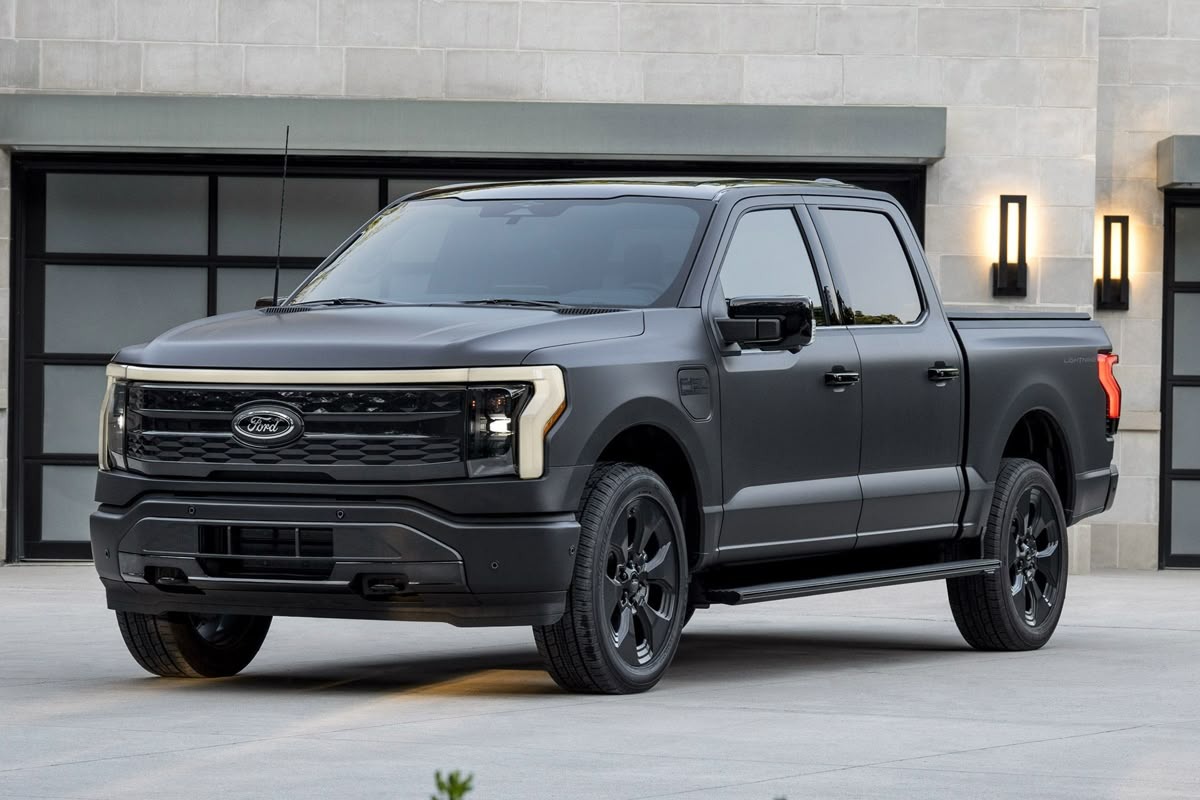
One of the key strengths of this engine is how well it pairs with Ford’s automatic transmissions. Many owners have gone well past 200,000 miles without serious gearbox issues.
Although the Triton V8 had minor problems like spark plug issues, most were fixable. Once addressed, the engine proved itself capable of long-term service in tough conditions.
The frames on these F-150s are built strong and support heavy-duty work. That makes them ideal for hauling gear, tools, or trailers day after day.
In addition to their strength, these trucks are known for having a solid rear axle. That setup helps deliver power more efficiently and holds up under rough driving conditions.
Many mechanics agree that the 10th and 11th generation F-150s are easier to repair than newer models. Their simpler build means fewer high-tech parts that can go wrong.
Routine maintenance is usually enough to keep them running smoothly. With regular oil changes, fluid checks, and basic care, these trucks can last over 250,000 miles.
They may not have all the modern features of newer trucks, but they’re reliable where it counts. The drivetrain and engine do their job without fuss or frequent repairs.
3) Chevrolet Silverado 2500HD
The Chevrolet Silverado 2500HD is widely known for its strength and long-lasting parts. What makes this truck special is the combination of the Duramax diesel engine and the Allison transmission.
This engine and transmission combo is often praised as one of the best in heavy-duty trucks. It offers reliable power for towing, hauling, and tough job sites without falling apart over time.
The Duramax diesel engine is a 6.6-liter powerhouse with a strong reputation. It delivers excellent torque, which helps the truck pull heavy loads with ease.
Many owners use these trucks for towing trailers, boats, or equipment. Even under pressure, the engine performs smoothly without overheating or struggling.
The Allison transmission is just as impressive as the engine. Known for being nearly bulletproof, it handles the engine’s power without slipping or breaking down.
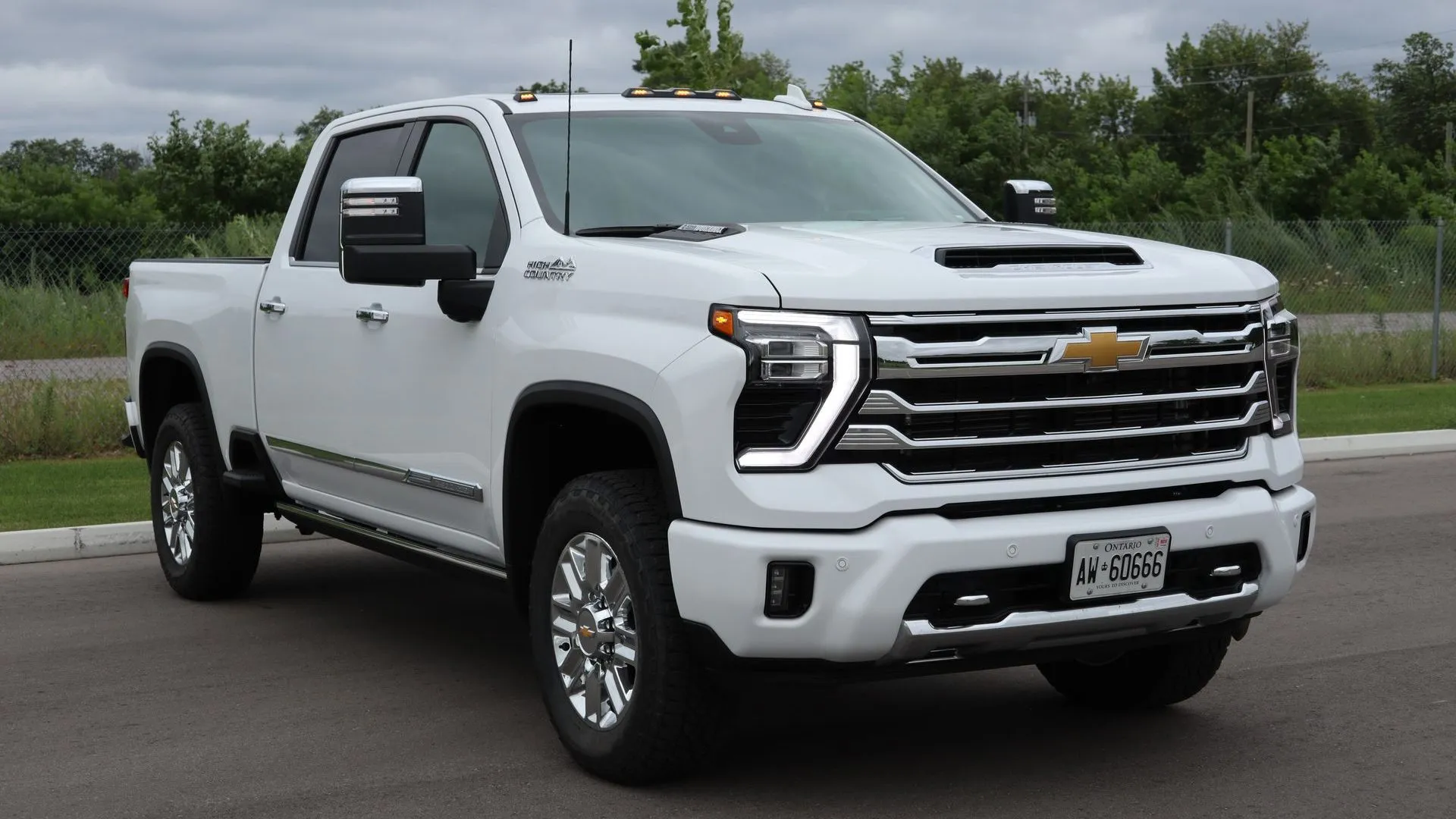
Together, the Duramax and Allison form a setup that can last for hundreds of thousands of miles. This is why it’s often used by contractors, farmers, and anyone who needs serious reliability.
The Silverado 2500HD also comes with a strong frame and suspension. These parts help the truck stay stable even when carrying big loads over rough roads.
Regular maintenance like oil changes, filter replacements, and transmission fluid checks keep it running well. These trucks usually don’t have drivetrain issues if taken care of properly.
Another advantage is the resale value of this combo. Even older models with high mileage still sell for good prices due to their trusted drivetrain setup.
Owners also appreciate the truck’s simple design and easy access to engine components. This makes repairs and maintenance faster and less expensive compared to more complex models.
4) Ram 2500
The Ram 2500 equipped with the Cummins diesel engine has earned a legendary reputation. Its strength, reliability, and long-lasting build make it a favorite among truck lovers and heavy-duty users.
At the heart of this truck is the Cummins inline-six diesel engine. This engine is built to handle extreme conditions and often runs for well over 300,000 miles.
One of the key reasons for its durability is the engine’s simple and solid design. The inline-six layout is known for balance and strength, which helps it last longer than many V8 diesels.
When paired with a manual transmission, the Ram 2500 becomes even more reliable. Manual gearboxes usually face fewer issues and allow the driver more control over shifting.
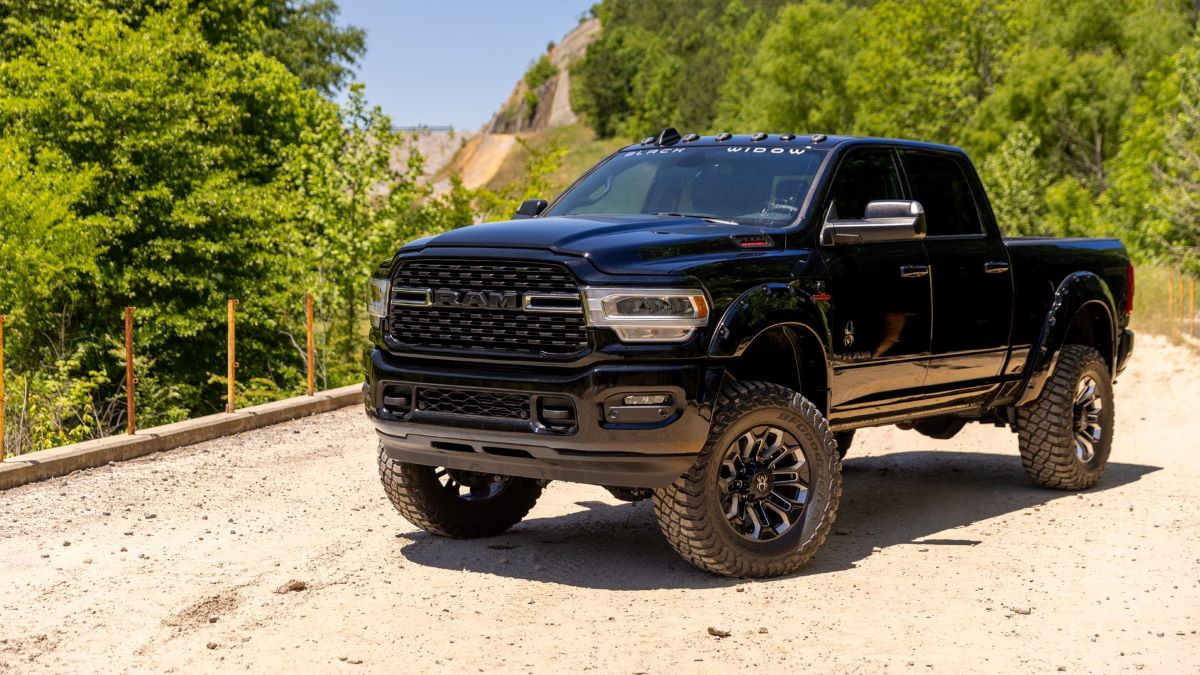
Some models also come with strong automatic transmissions that match the engine’s power. These automatics, when properly maintained, hold up well under towing and heavy hauling.
Many drivers choose the Cummins-powered Ram 2500 for its torque. It pulls heavy trailers, campers, or farm equipment without losing power or overheating.
Owners often report hitting very high mileage with only regular maintenance. Things like oil changes, fuel filter swaps, and coolant checks are usually enough to keep it running strong.
Another reason people love this truck is its toughness in rough environments. From construction sites to backcountry roads, the Cummins diesel doesn’t give up.
The engine is also popular with mechanics for its ease of service. It’s not overly packed with electronics, so many issues can be fixed without high repair bills.
This truck isn’t just a vehicle—it’s a work partner that won’t quit. That’s why so many people stay loyal to the Cummins-Ram combo year after year.
If you’re looking for a truck that can take a beating and still run strong, the Ram 2500 with the Cummins engine is a top pick. It’s all about power, endurance, and proven performance over time.
5) Honda Ridgeline
The Honda Ridgeline may not look like a traditional pickup, but it has proven itself in many ways. It offers comfort, reliability, and a smooth ride while still handling the duties of a light truck.
Unlike most trucks that use body-on-frame designs, the Ridgeline has a unibody structure. This means the body and frame are one piece, which makes it feel more like an SUV on the road.
Even though it’s built differently, the Ridgeline doesn’t sacrifice strength in everyday use. It still hauls tools, garden supplies, and camping gear with ease.
The truck is powered by a dependable 3.5-liter V6 engine. This engine is well-known in many Honda vehicles for being long-lasting and efficient.

The Ridgeline also features Honda’s advanced all-wheel-drive system. It gives a better grip in bad weather or on light trails, making it useful for weekend adventures.
One of the best parts of this truck is how rarely its drivetrain fails. Many owners report years of smooth performance with only routine maintenance needed.
The transmission works well with the V6 engine, offering smooth shifts and quiet driving. It doesn’t face many common problems that other midsize trucks do.
Thanks to its low repair rate, the Ridgeline is often praised by mechanics and buyers alike. It’s a smart pick for people who want a no-hassle truck.
The Ridgeline is also great for families who want a mix of utility and comfort. Its interior feels like a car, but the bed in the back adds extra usefulness.
While it’s not meant for heavy towing or off-road abuse, it handles most daily tasks easily. From hauling mulch to weekend road trips, it delivers solid performance every time.
If you’re looking for a reliable, light-duty truck that avoids major drivetrain issues, the Honda Ridgeline is a wise choice. It may be different, but it’s different in all the right ways.
Also read: 5 Cars With Cheap Brake Replacements and 5 With Overpriced Parts
5 Trucks With Fragile Parts
Trucks are built to be tough—or at least, they should be. But not every pickup on the market lives up to that reputation. Beneath the rugged styling and brawny marketing, some trucks hide a frustrating truth: fragile parts that wear out too soon, cost a fortune to replace, or simply weren’t engineered with durability in mind.
In this article, we’re calling out five trucks that fall short in the toughness department, exposing the weak links that could turn your dependable workhorse into a garage regular.
1) Dodge Ram 1500 (Early 2000s)
The early 2000s Dodge Ram 1500 had a bold look and strong engine options. Many people were drawn to it for its power and road presence.
While the truck could handle a lot of work, it had some hidden weaknesses. One of the most common problems was the automatic transmission.
The transmission in these models often failed earlier than expected. This was especially true when the truck was used for towing or heavy hauling.
Drivers reported rough shifting, slipping gears, and even complete failure in some cases. These repairs were not cheap and sometimes required full replacements.
The rear differential was another area where problems showed up. It could start making noises or even stop working properly under strain.
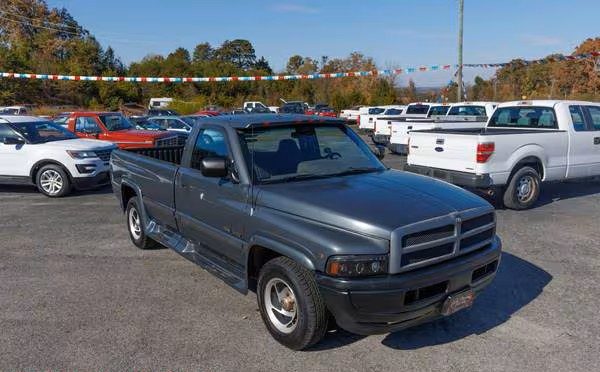
If the truck wasn’t well-maintained, these issues would have shown up sooner. Many of the failures happened simply because the parts weren’t built to last under constant pressure.
For light daily driving, the Ram 1500 usually held up fine. But once it was pushed hard, like on job sites or long hauls, trouble often followed.
Owners had to be very careful about changing fluids on time. Skipping maintenance made the drivetrain wear out even faster.
The engine itself was usually not the issue—it was the parts that carried the power. That made the driving experience unpredictable if those parts weren’t in good shape.
Despite its problems, many people still liked how the truck drove. It had a smooth ride and plenty of strength, but it just couldn’t take long-term abuse.
If you’re considering a used Ram 1500 from this era, it’s smart to check the transmission and rear axle carefully. These parts can turn an affordable truck into an expensive repair job.
2) Nissan Titan (2004–2010)
The first-generation Nissan Titan came out in 2004 with big hopes. It had a bold design, a powerful V8 engine, and lots of space for passengers and cargo.
At first glance, the Titan looked like a reliable full-size truck. But over time, owners began noticing serious problems with certain key parts.
One major issue involved the rear differential, which is part of the drivetrain. Many of these differentials would fail early, even when the truck wasn’t used for heavy work.
Some drivers reported strange noises coming from the rear axle. Others had their rear wheels lock up or stop moving altogether because of broken differential gears.
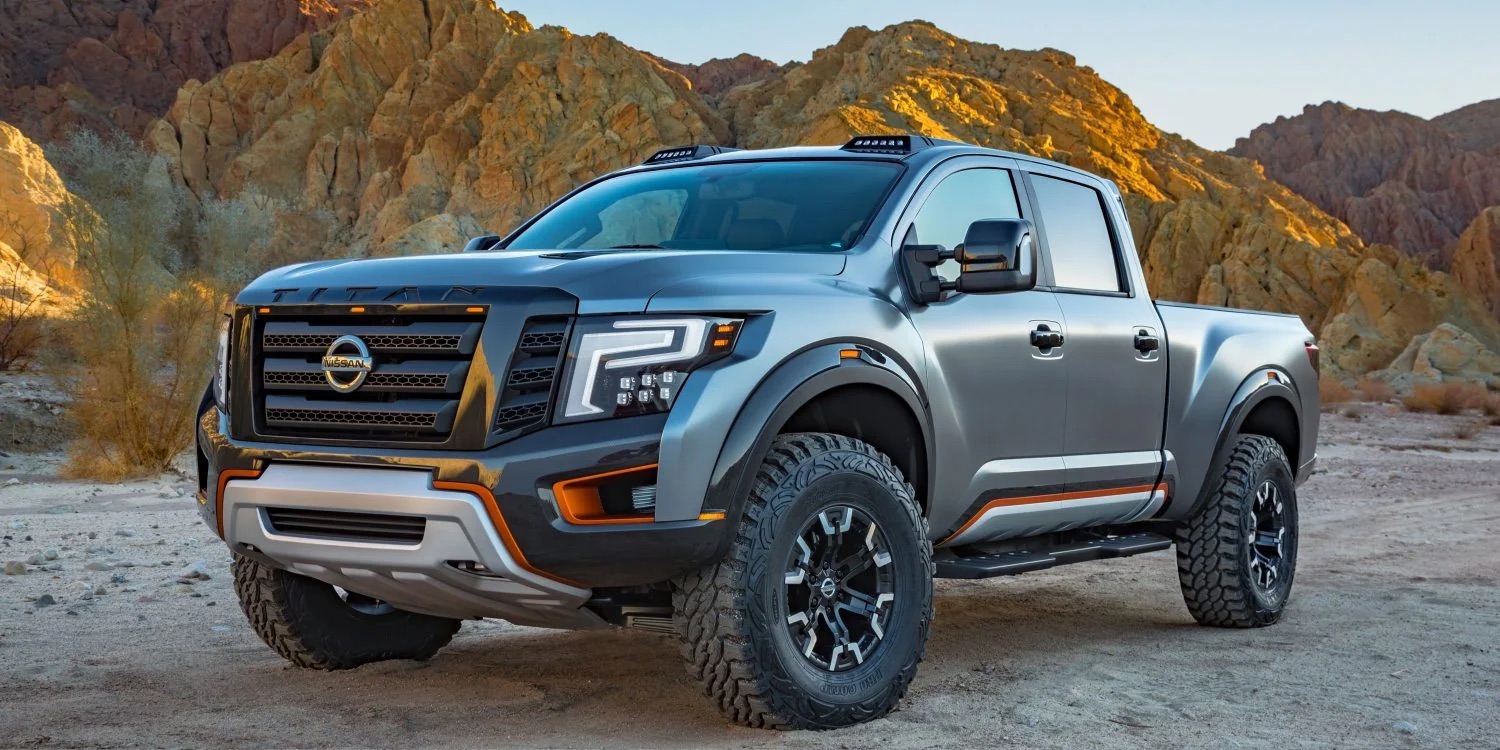
Another common problem was with the axle seals. These seals help keep fluid inside the axle housing, and when they fail, it leads to leaks.
Once the fluid leaks out, it causes more wear on the axle and differential. Without proper lubrication, the metal parts grind together and wear out quickly.
Many Titan owners said they faced drivetrain issues under normal driving conditions. The truck didn’t always need to be overworked for parts to start failing.
Some trucks had problems showing up at just 60,000 miles or even earlier. These failures often led to expensive repairs or full replacements of rear-end components.
Nissan did not always cover these issues under warranty. This left many owners paying out of pocket for parts that should have lasted much longer.
The rest of the truck was generally solid, with a strong engine and roomy cabin. But the weak drivetrain parts lowered trust in the Titan during those years.
Even mechanics warned buyers to be cautious with early Titan models. Without perfect maintenance, these trucks could become costly to own over time.
3) Chevrolet Colorado (First Gen)
The first-generation Chevrolet Colorado arrived in the mid-2000s as a smaller alternative to full-size trucks. It was designed to offer decent fuel economy and everyday practicality in a lighter, more compact body.
The truck came with a range of engine options, including a four-cylinder and a five-cylinder. These engines were not the most powerful, but they usually held up well with basic maintenance.
However, the transmission was a different story. Many owners started facing issues with shifting, hesitation, or complete failure at relatively low mileage.
Even drivers who used the truck gently ran into problems. Some reported transmission failure under normal conditions, with no towing or hard driving involved.
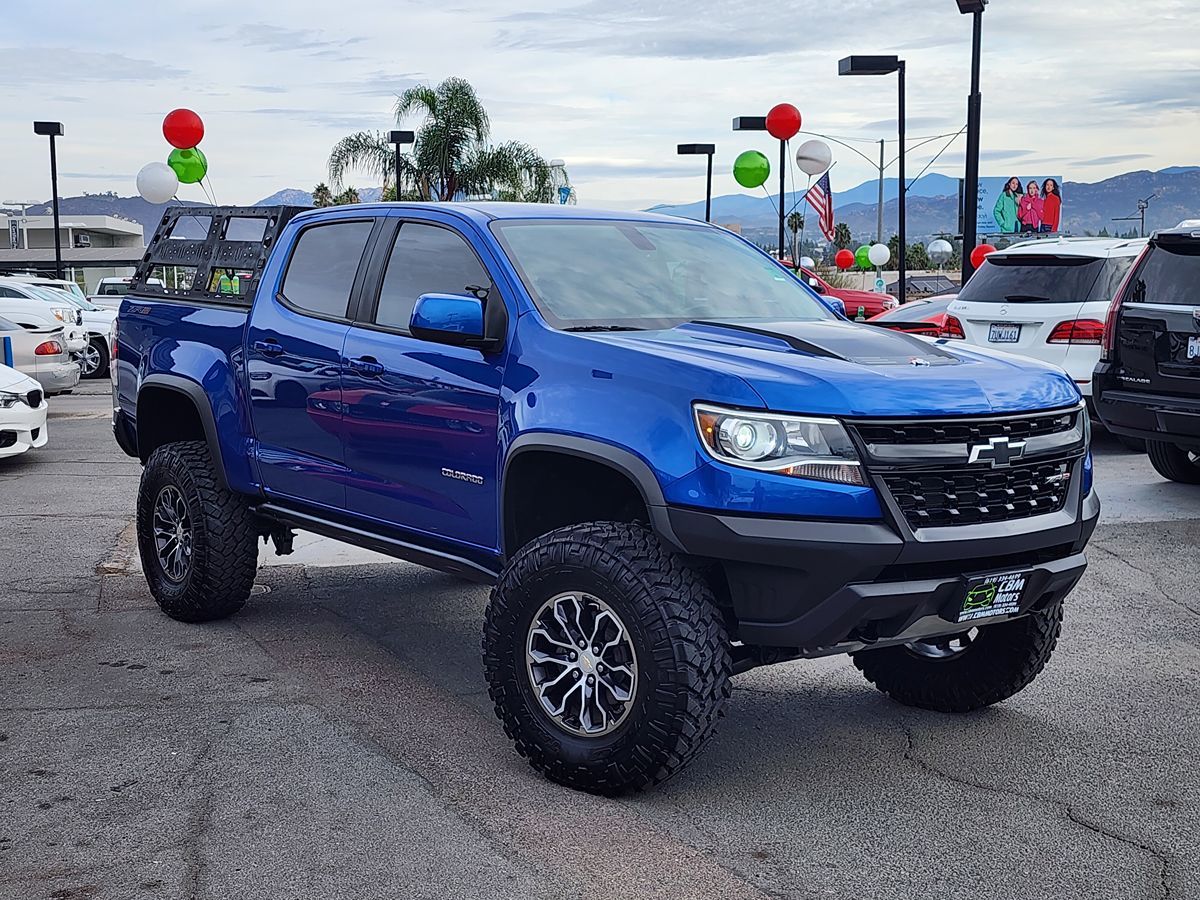
The automatic transmission was the part that caused the most trouble. Rough shifts, slipping gears, and delayed responses were common complaints from frustrated drivers.
Some owners had to replace the transmission more than once. Others spent thousands of dollars on repairs just to keep the truck running.
The problems weren’t just limited to high-mileage vehicles. Even Colorados with under 80,000 miles sometimes experienced serious drivetrain issues.
One reason for these failures was poor design and weak internal components. The transmission simply wasn’t built to handle long-term use, even for light-duty driving.
Another factor was the lack of a transmission fluid dipstick. This made it harder for owners to check fluid levels and catch problems early.
Many mechanics warned buyers about the first-gen Colorado’s transmission before buying a used one. They often advised looking for service records or signs of early repairs.
The rest of the truck was average in terms of performance and comfort. It wasn’t flashy, but it worked fine for everyday use—until the transmission began to fail.
If you’re considering one of these older Colorados, it’s smart to test drive carefully and check for any shifting issues. Otherwise, you might face costly repairs that outweigh the truck’s value.
4) Ford Ranger (1998–2011 4WD Models)
The Ford Ranger is a compact truck that has earned a reputation for being tough. The 4WD models, especially those made between 1998 and 2011, were popular with people who needed a reliable truck for off-roading and work.
However, these trucks had some serious issues with their drivetrain. One of the most common problems was with the front differential, a key part of the 4WD system.
The front differential helps distribute power to the front wheels, especially when the truck is in 4WD mode. Unfortunately, many Rangers had weak differentials that failed more often than expected.
Once the differential started to fail, the truck would lose power to the front wheels. This could make off-road driving or even normal driving feel sluggish or unreliable.
Another issue with these models was the transfer case. The transfer case is responsible for shifting power between the front and rear axles when the truck switches between 2WD and 4WD.
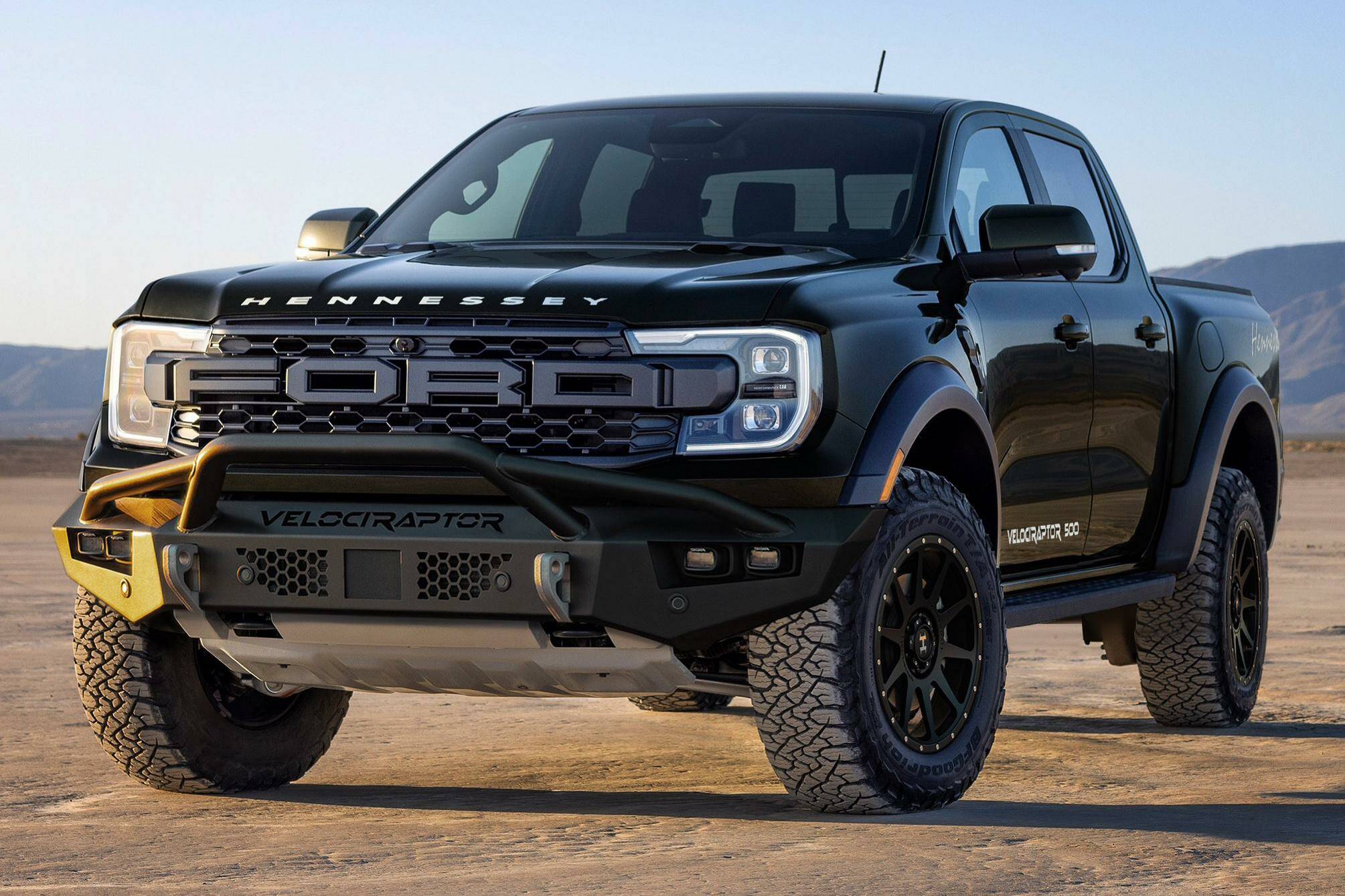
In many Rangers, the transfer case would wear out prematurely. This caused trouble shifting between 2WD and 4WD and left owners with expensive repair bills.
Owners who used their Rangers for heavy work or off-roading often saw these issues sooner. Even normal driving could cause early wear on the drivetrain, leading to breakdowns.
Repair costs for these parts were often high, as replacing the differential or transfer case wasn’t cheap. Many owners found themselves paying hundreds or even thousands of dollars to keep their trucks running.
Despite these issues, the Ranger still had some solid points, like a strong engine and good overall handling. But for anyone buying a 4WD Ranger from these years, drivetrain problems should be a major concern.
Also read: 5 Cars With Great Suspension Balance and 5 That Bounce Like Toys
5) GMC Canyon (Early Models)
The GMC Canyon is a midsize truck that shares many of its parts with the Chevrolet Colorado. While it was a solid choice for many buyers, the early models had significant drivetrain issues.
Like the Colorado, the Canyon’s drivetrain wasn’t built to handle heavy loads or rough conditions for long. When used for towing or off-road driving, many owners noticed early signs of wear and failure.
The problems were most noticeable in the transmission and rear differential. These parts struggled under the stress of normal driving when the truck was pushed to its limits.
Transmission problems included rough shifting, delayed responses, and even complete failure. These issues occurred even when the truck wasn’t towing heavy loads, leading to a higher-than-expected rate of repair.
The rear differential also showed signs of wear earlier than expected. It could start making noise, lose fluid, or even stop working properly, causing further drivetrain issues.
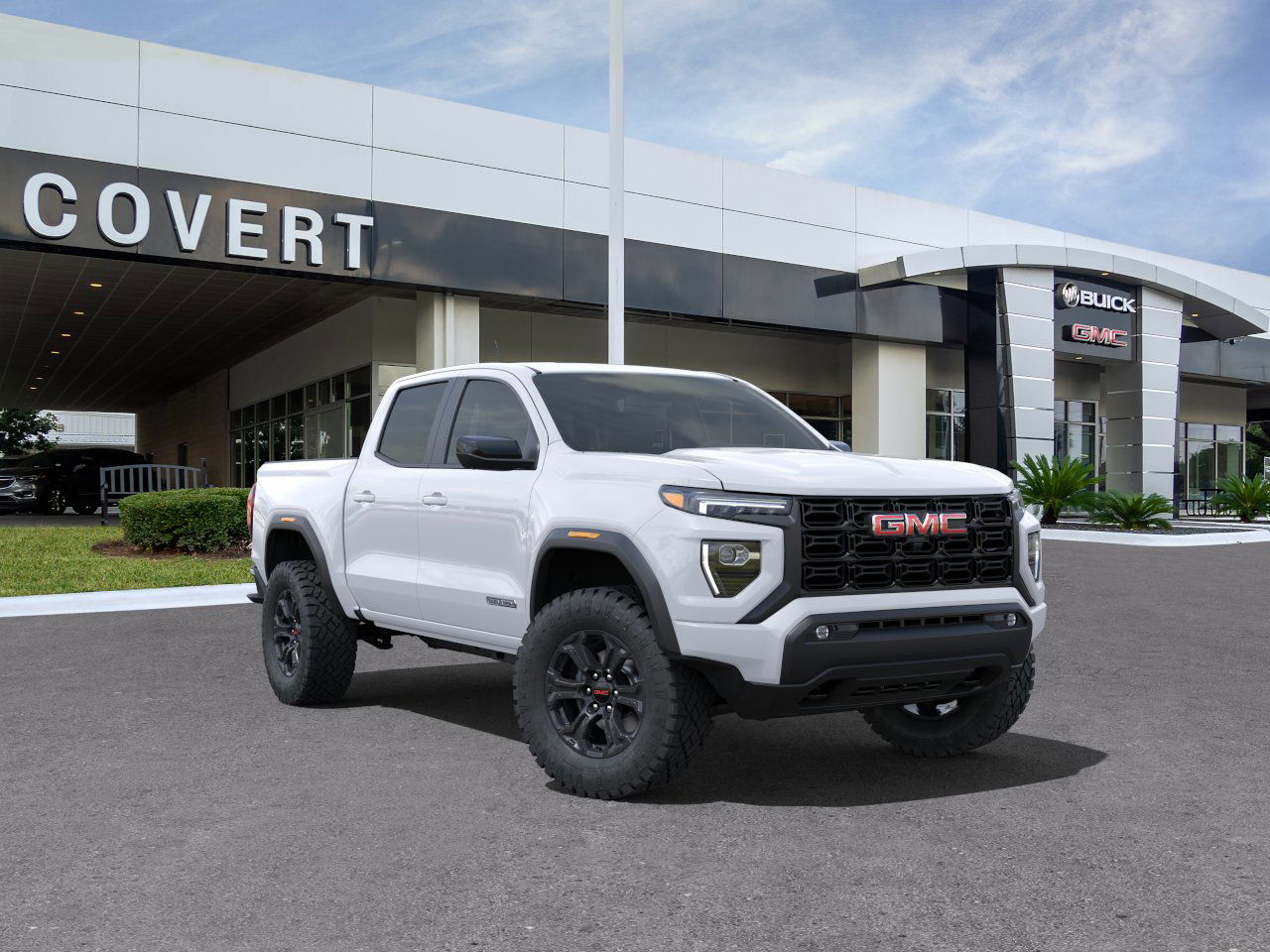
Even regular driving conditions could accelerate the breakdown of these parts. Owners who took good care of their trucks still found themselves dealing with expensive repairs after just a few years.
Towing or off-roading made these issues worse, and many owners found the truck couldn’t handle the strain. This problem was not unique to just one model, as many early GMC Canyons faced similar drivetrain failures.
Repair costs for the transmission and differential were high, and the issues often appeared long before the truck hit its expected lifespan. It left many owners frustrated, especially those who relied on their trucks for work or recreation.

